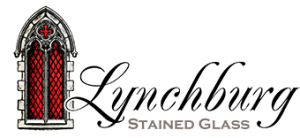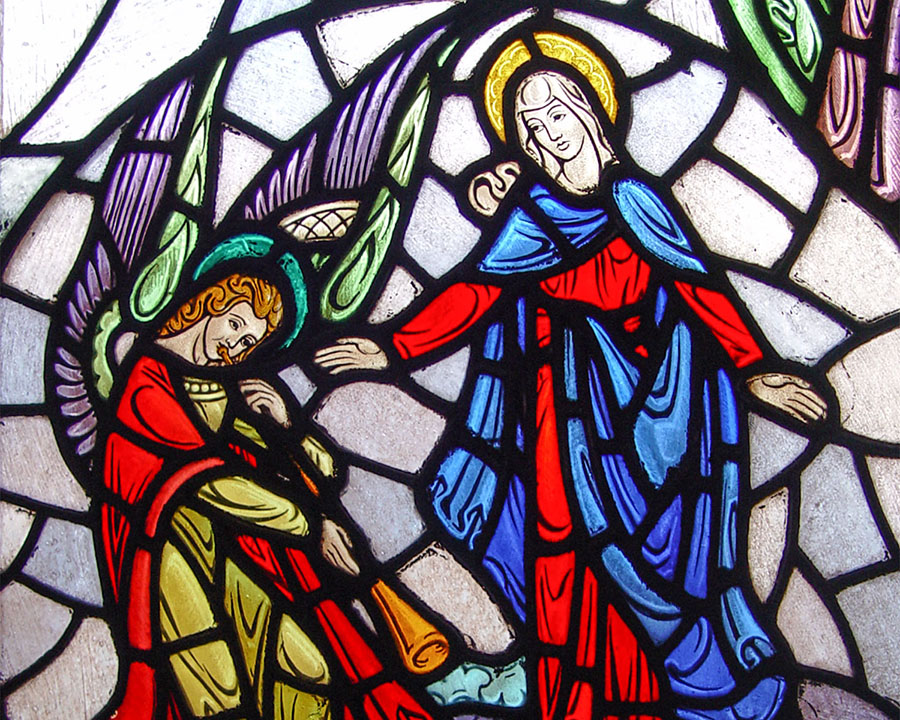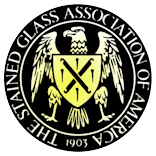What is Leaded Stained Glass?
Lynchburg Stained Glass produces true leaded stained glass, using traditional methods of craftsmanship. Skilled artisans hand-make our windows; all our studio personnel take great pride in their craft! Visit our Virtual Studio Tour page to view images of the whole process.
The term “leaded stained glass” refers to the lead-based strips (called “came”) placed between pieces of stained glass. These metal strips add structure to the window and allow differently-colored glass to be joined together. Lead came begins as long, straight strips whose cross-section looks like a capital “H.” This shape allows glass to be inserted from either side. Assembly of the window takes place on a flat surface. Sections of came are cut and bent to uniquely fit individual glass pieces within the design. In this manner, craftspeople build the window (a process called “glazing”), by starting on one edge and working their way across. The glazer alternates between lead and glass until she fully assembles the window, at which point the lead framework encapsulates every edge of the glass . Once assembled, all lead joints are hand-soldered on both sides of the panel.
Waterproofing the windows comprises the final step. Stained glass is waterproofed by working a special compound between every piece of glass and lead: a hands-on, labor-intensive process. Once the the craftsman has fully applied the waterproofing compound, he cleans off any excess, thoroughly cleaning the first side of the panel. He then repeats the process for the other side. Finally, he adds structural steel braces to further strengthen the stained glass against adverse natural forces. These braces provide critical long-term structural stability for the window, helping support the weight of the window and ensure that the window remains flat for many years of service.



